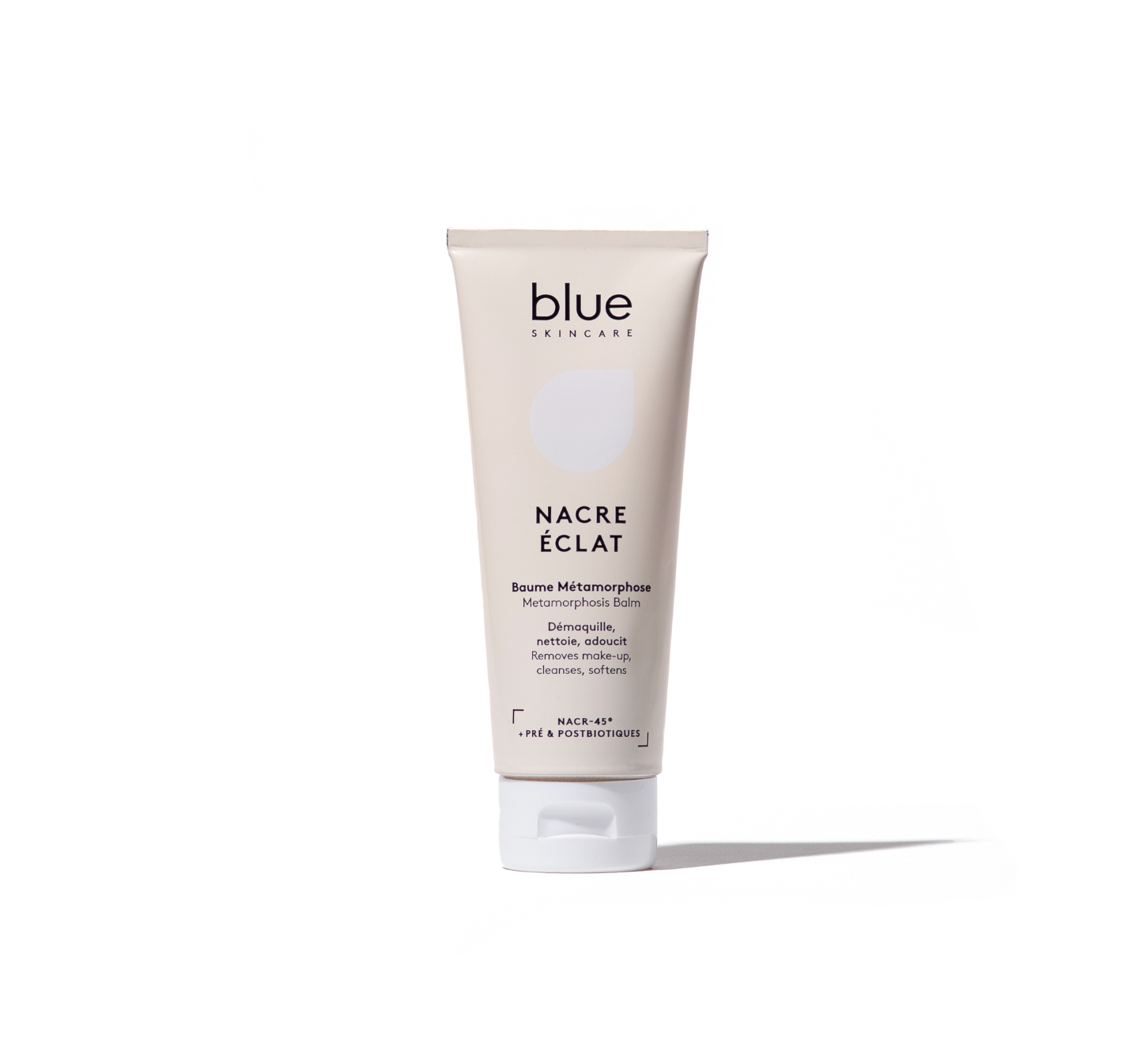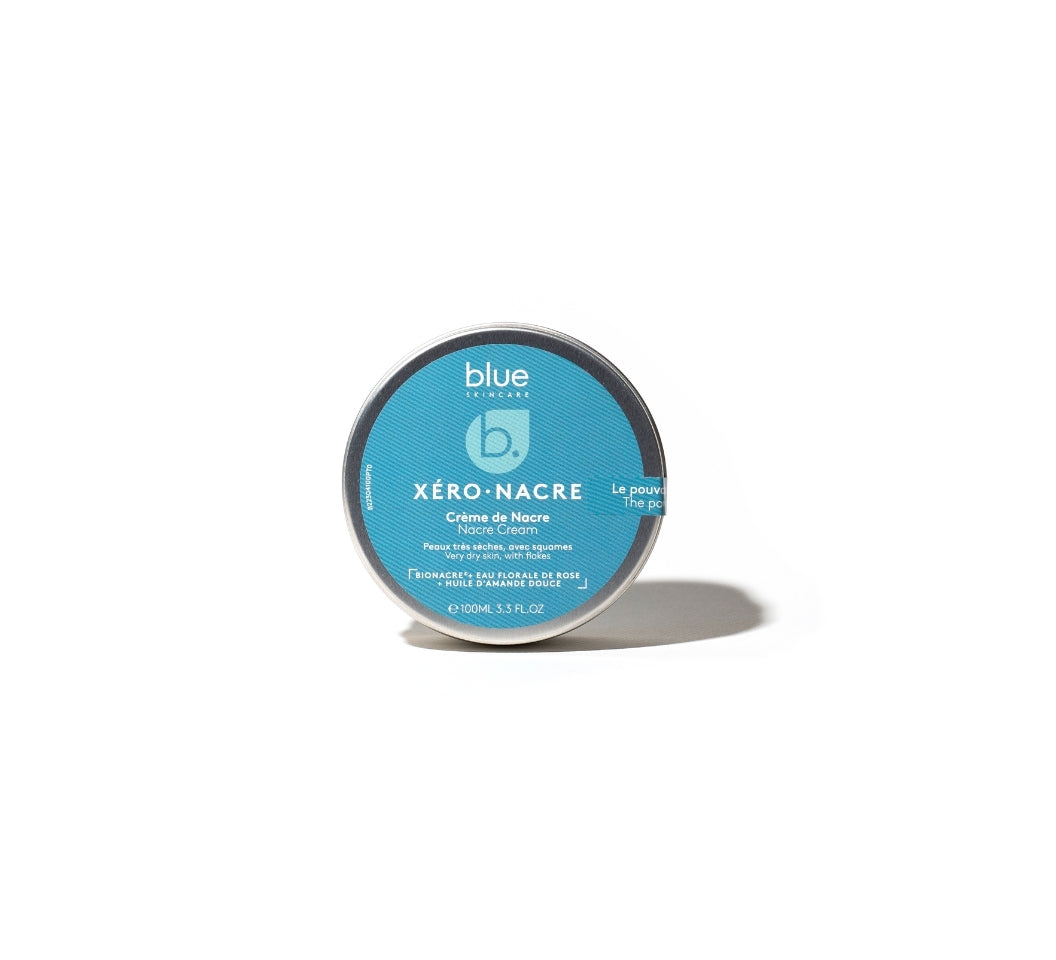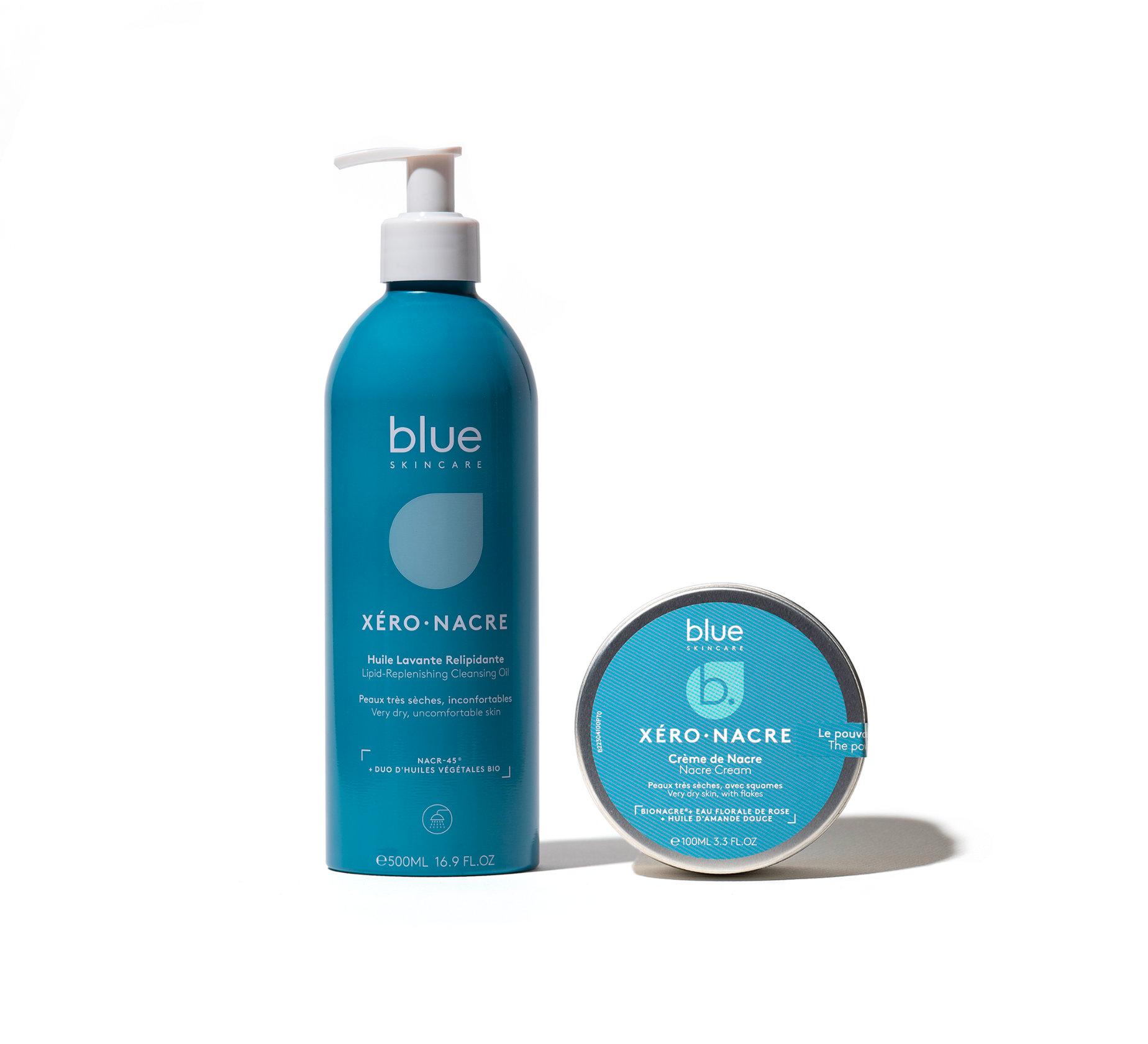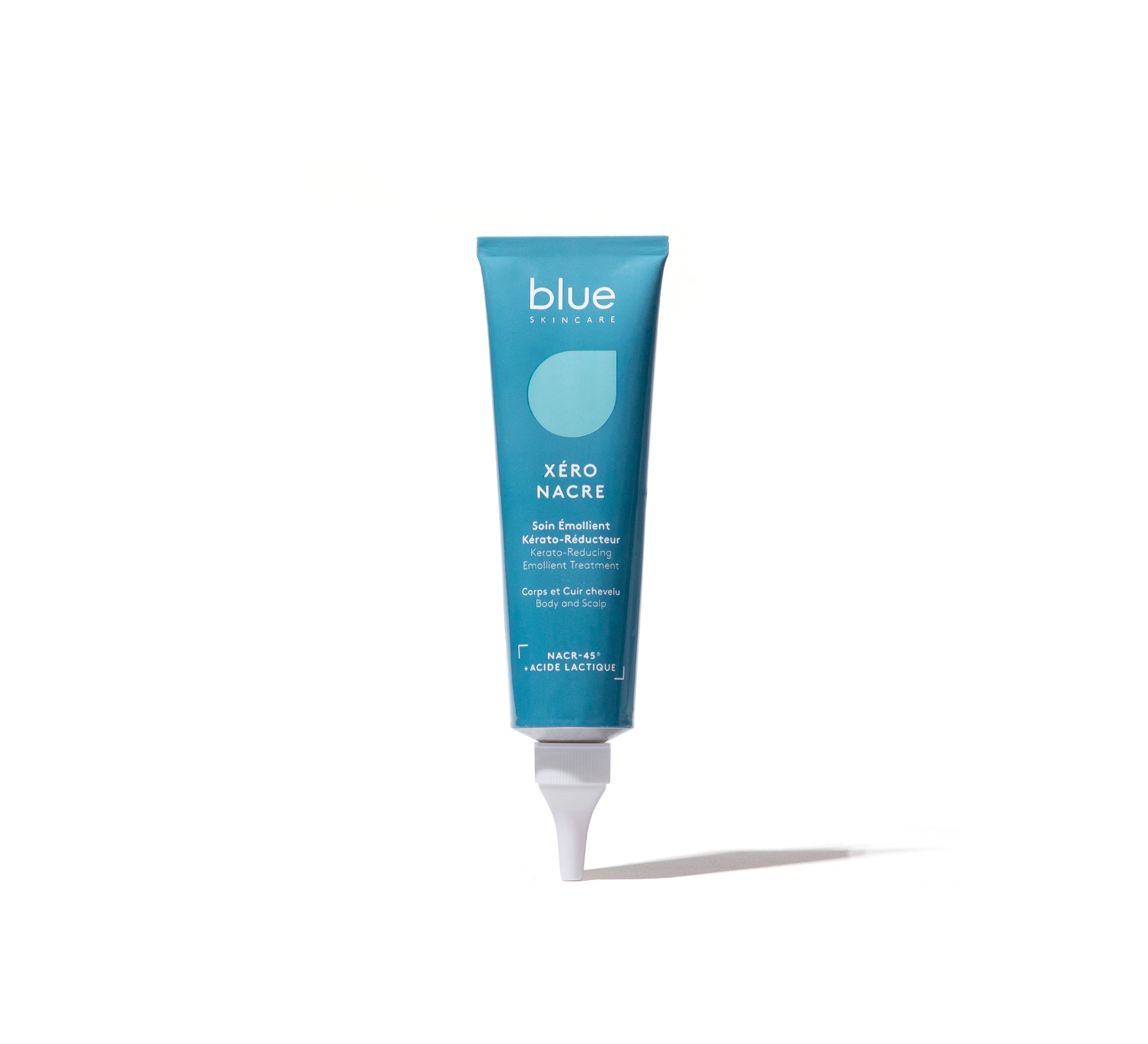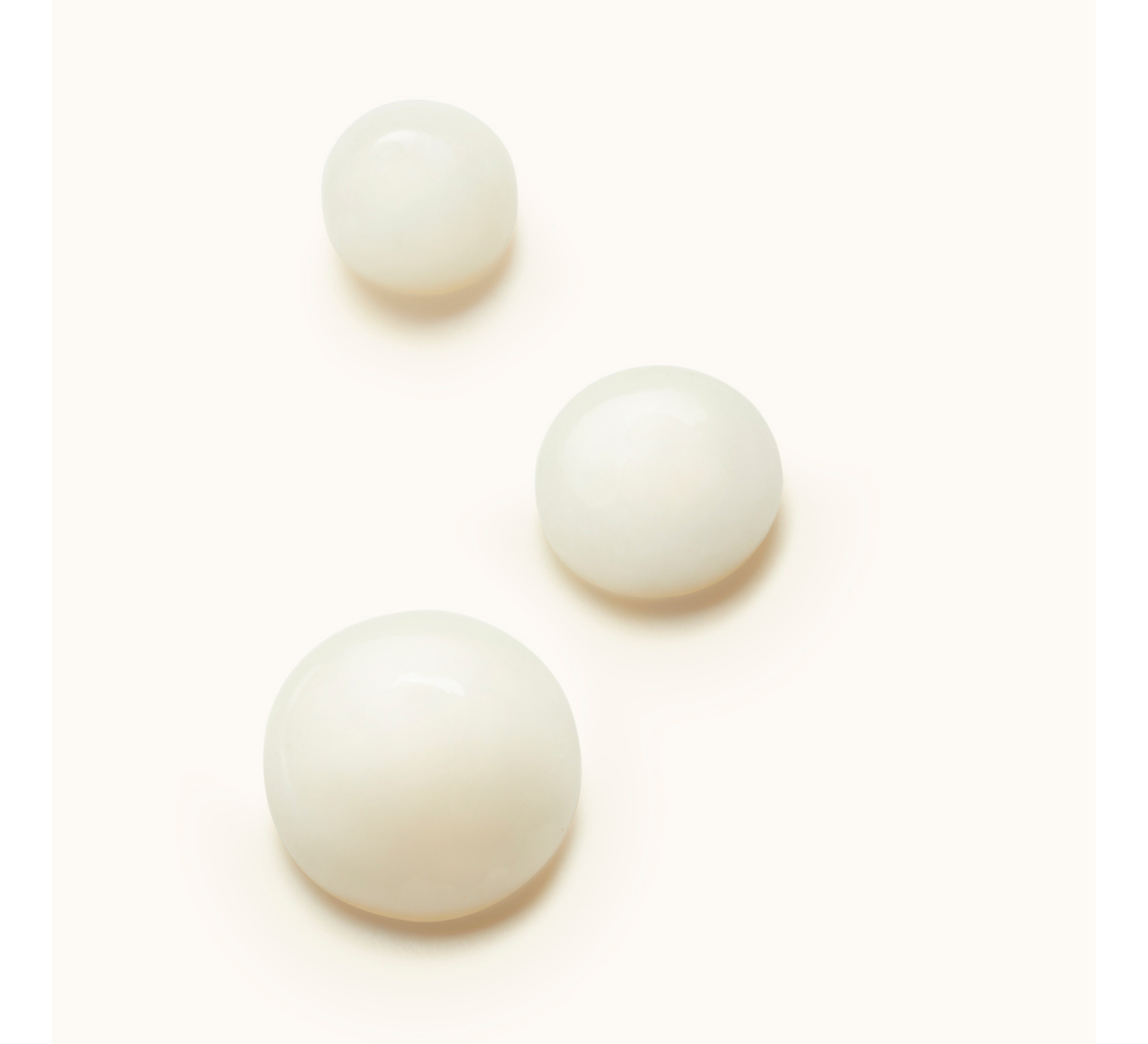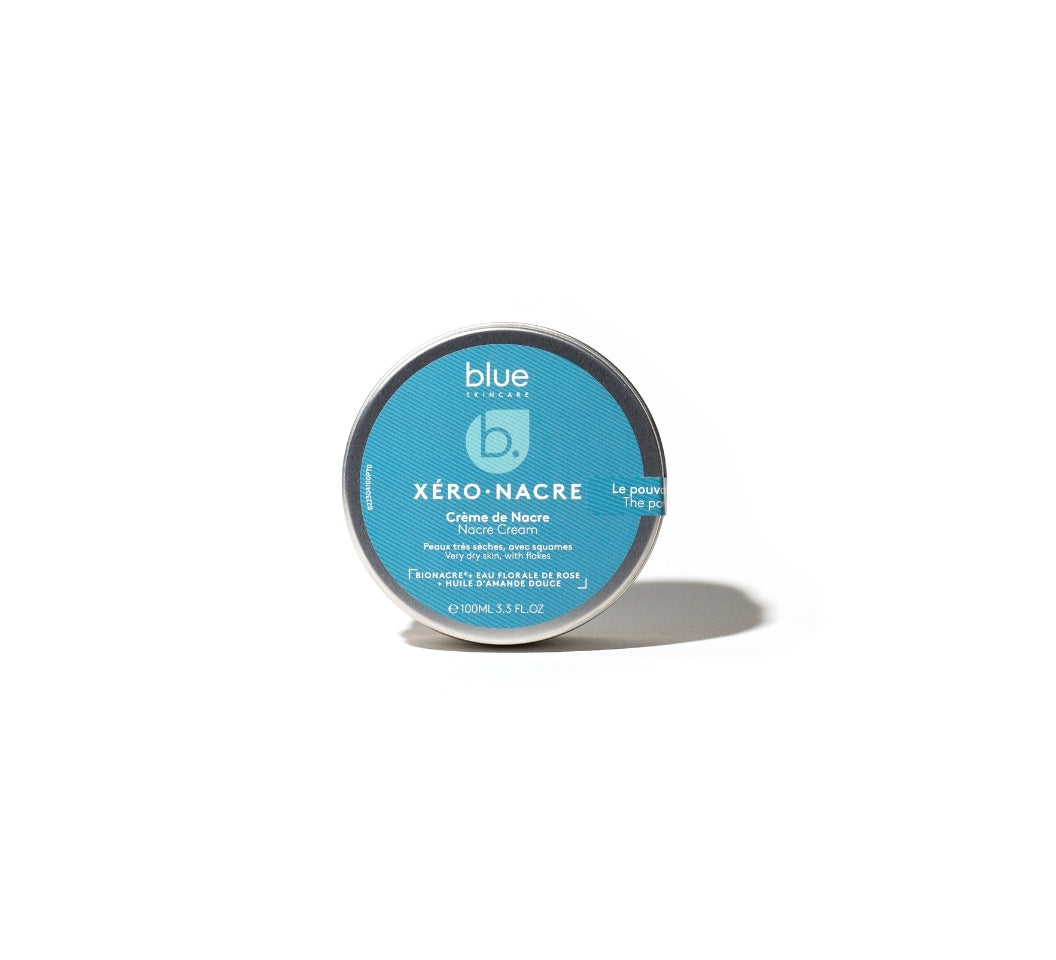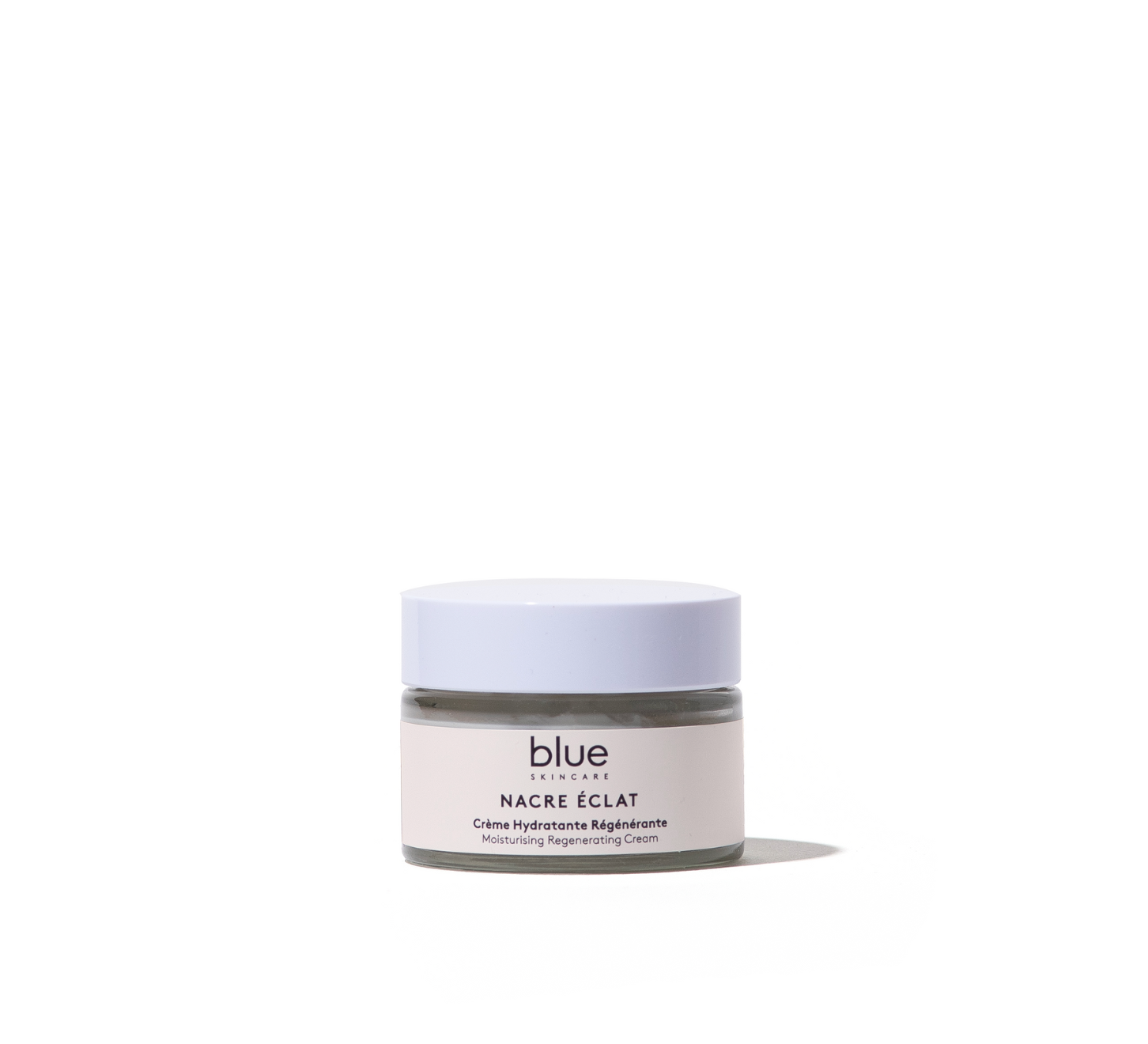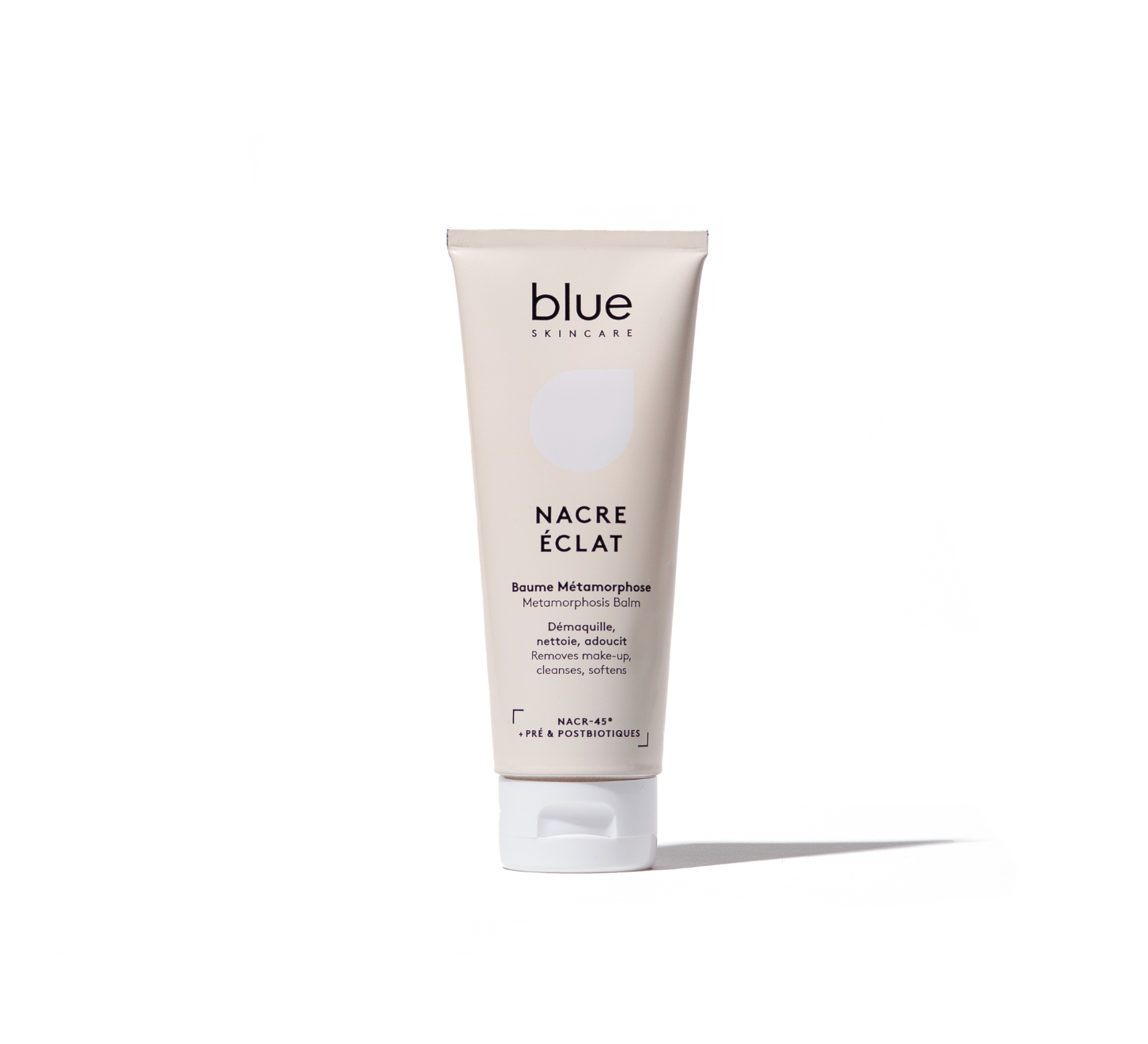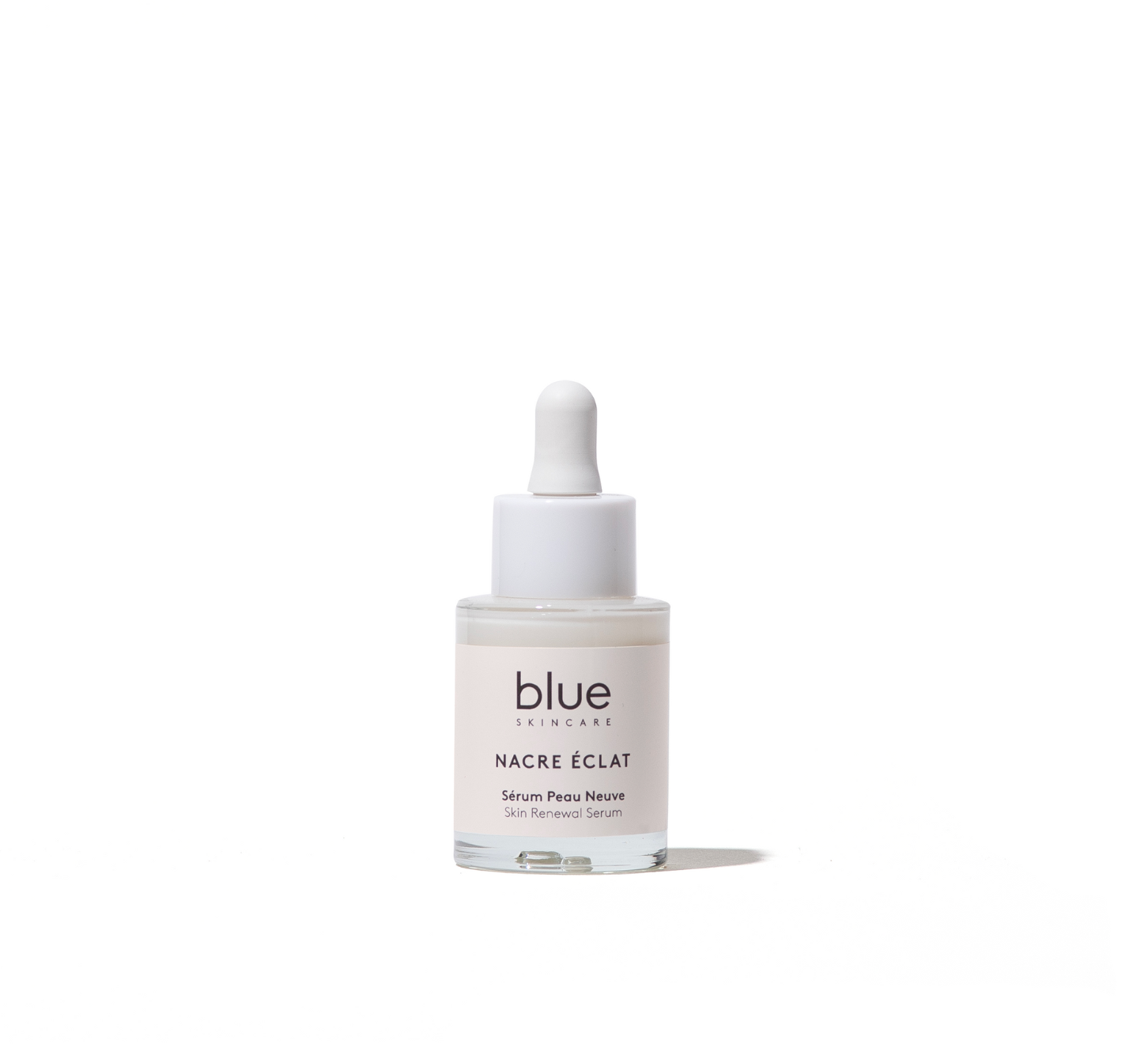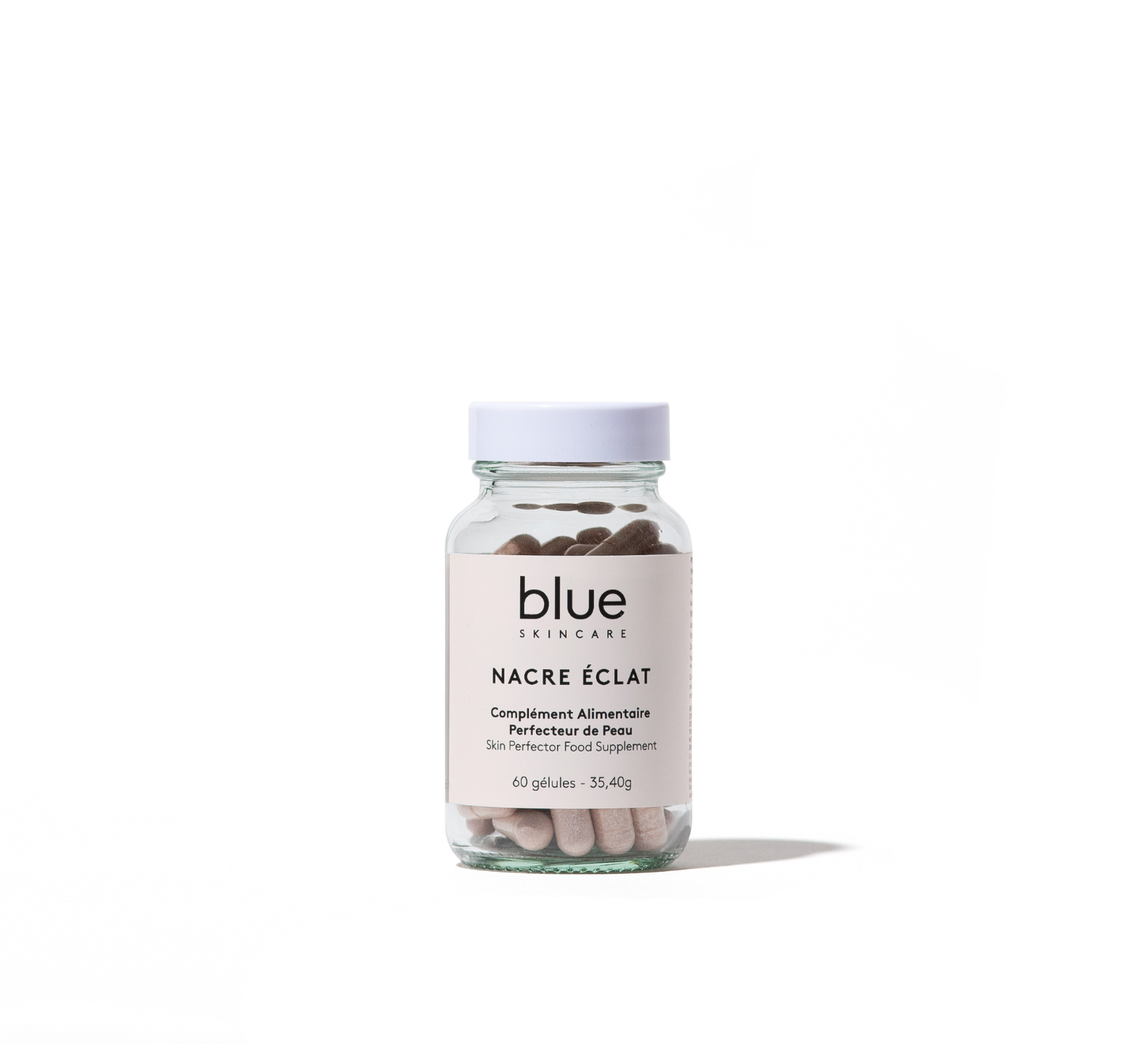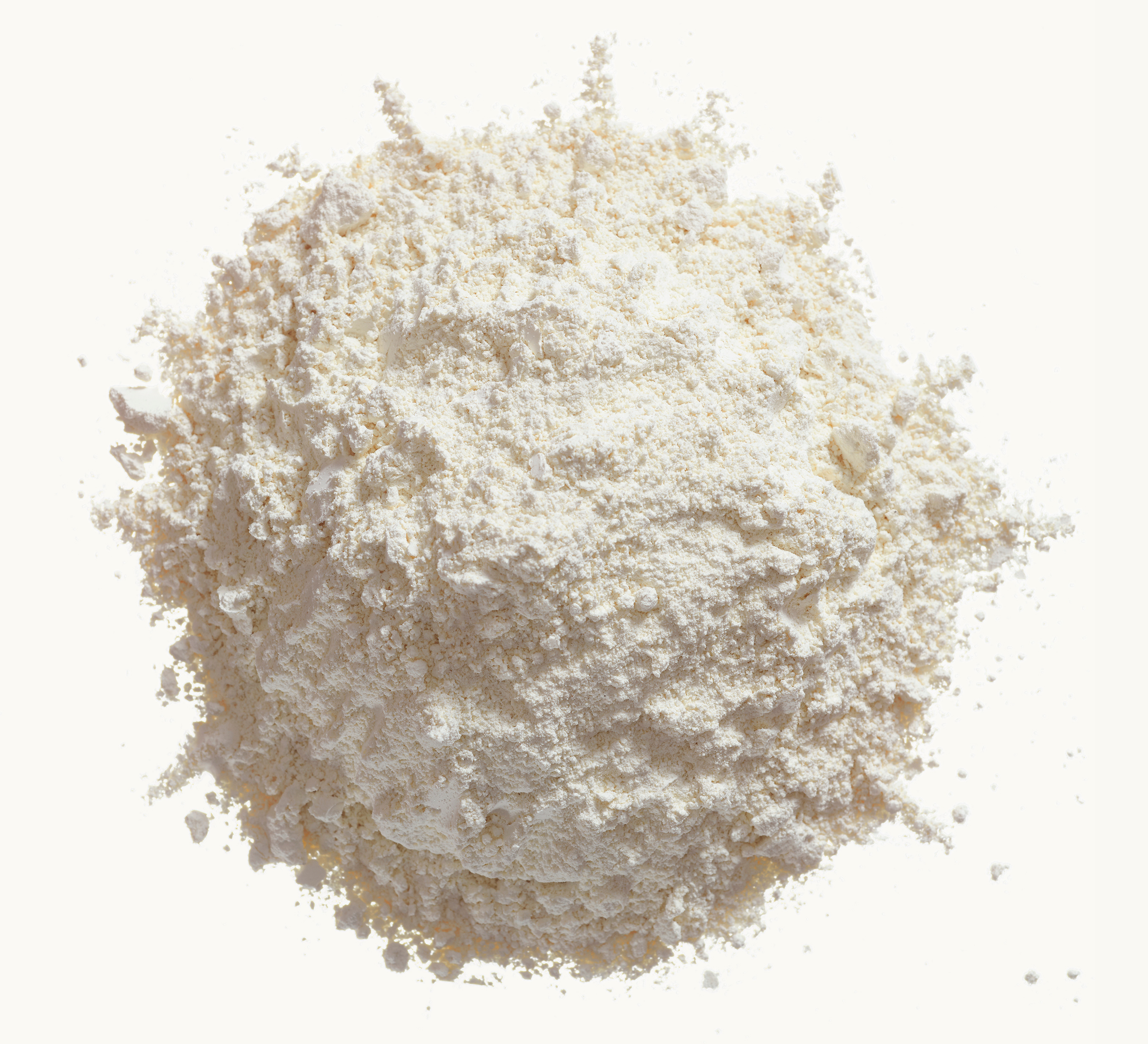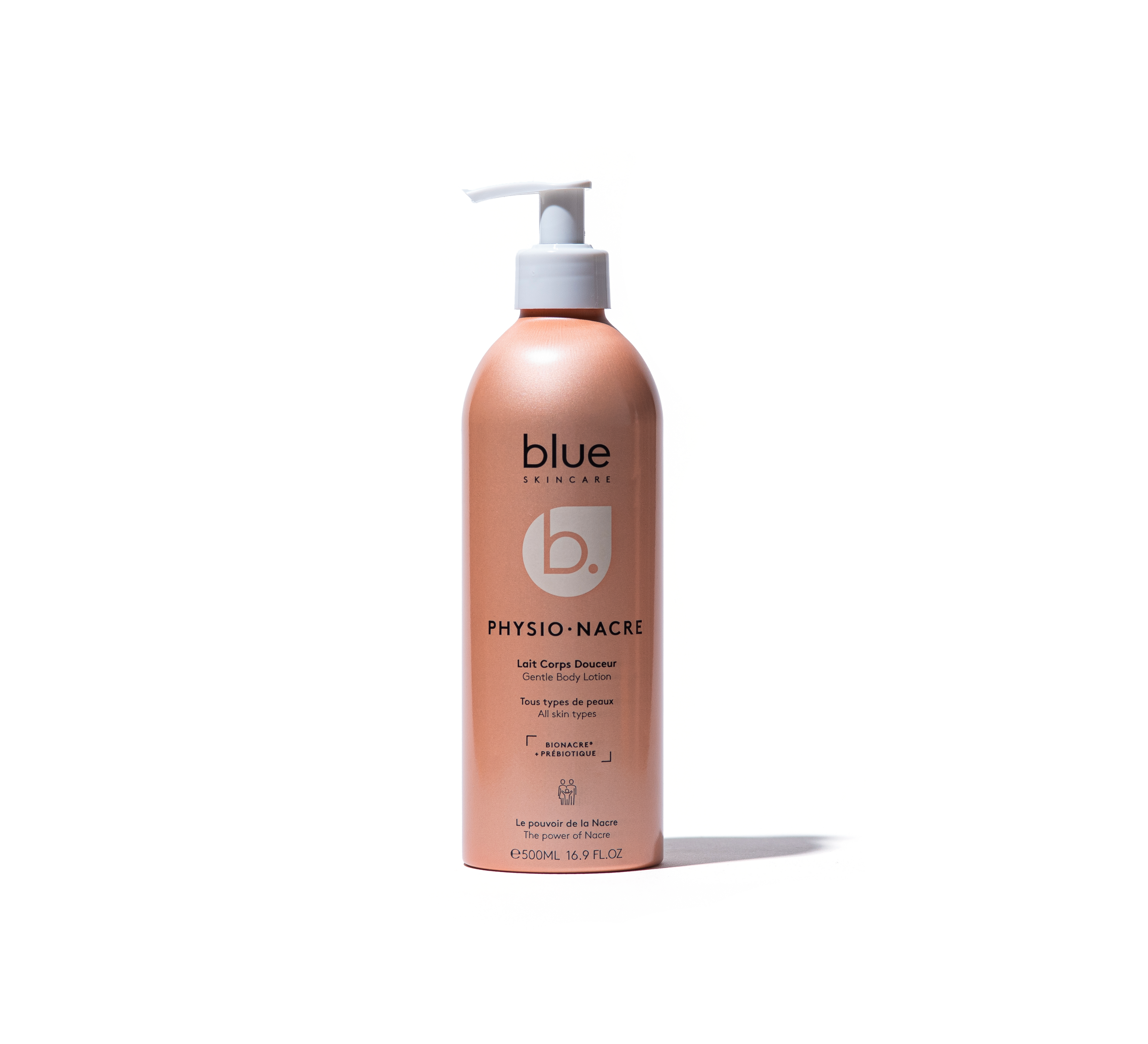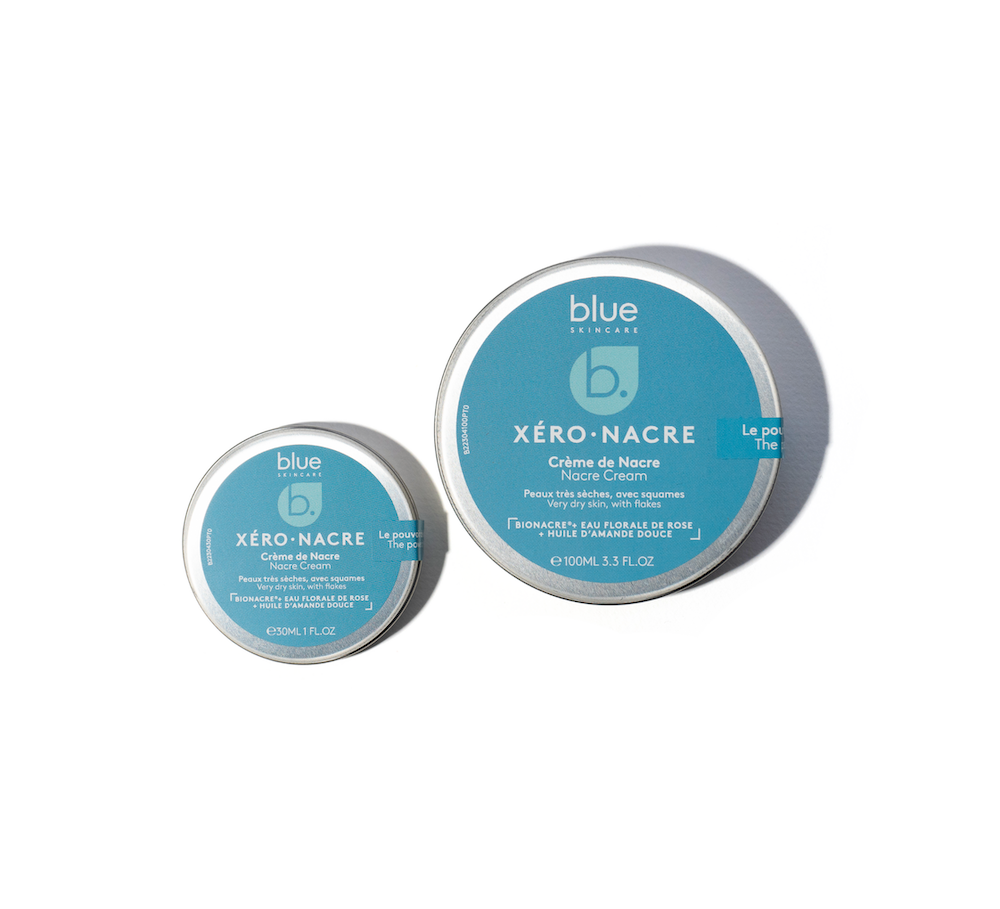A priori, we don't think of the fashion industry when we talk about the deforestation of the Amazon, but rather of Jair Bolsonaro's diatribes and the burning of land to expand palm or soybean crops. And yet, a study by Stand.earth, released in December 2021, establishes an indirect link that reveals a major impact.
Deforestation caused by cattle ranching in the Amazon Rainforest is equivalent to 2% of global annual CO2 emissions , the equivalent of all air traffic!
After reading this, you will never look at your boots or your handbag in the same way again.
The lungs of the planet have become a CO2 emitter

Between fires and intensive agricultural activities, the world’s largest rainforest has been in dramatic decline in recent years. Logging in the world’s largest rainforest expanded to 13,235 km2 in 2020-2021, according to data from the Prodes deforestation monitoring system of Brazil’s National Institute for Space Research (INPE). Since President Bolsonaro came to power in 2019, thanks in part to the support of the powerful agribusiness lobby, the annual average of deforestation has exceeded 10,000 km2 – the equivalent of the area of Lebanon – compared to around 6,500 km2 in the previous decade. Already, a study published in April 2021 in Nature Climate Change showed that between 2010 and 2019, the Brazilian Amazon had emitted around 18% more carbon than it had absorbed. This is equivalent to 4.45 billion tonnes rejected, compared to 3.78 billion tonnes stored. Identified as a "breaking point" by experts, the deforestation of the Amazon rainforest could ultimately lead to a "dramatic and irremediable" disruption of the climate.
Cattle farming, the leading cause of deforestation in the Amazon
It is a little known fact, but a large part of the leather in our shoes, bags and other leather accessories actually comes from cows raised in the Amazon rainforest. And this cattle ranching is actually the leading cause of deforestation in the Amazon, due to the thousands of trees destroyed to transform these regions into pasture areas. Contrary to popular belief, the cattle industry is far ahead of palm oil, soy or cocoa, making it the leading cause of deforestation in the Amazon rainforest, as determined by a report by the World Resources Institute. 36% of the 45 million hectares of forest destroyed between 2001 and 2015 were destroyed to install cattle.
Brazil, the world's leading exporter of bovine leather


Brazil has the world's largest cattle herd, with 215 million head. In addition to its meat, these cattle provide vast quantities of leather, which floods global markets, since 80% of Brazilian bovine leather production is exported, mainly to China (41.6%), Italy (27.3%), Vietnam (9.6%) followed by many other countries. The Brazilian leather industry generated $1.1 billion in 2020, with the main producers being JBS – by far the largest – followed by Minerva and Fuga Couros. To meet consumer demand for leather wallets, handbags and shoes, the industry will have to slaughter 430 million cows per year by 2025, recalls an article in the English newspaper The Guardian.
Many major brands are said to have direct or indirect links with these skin suppliers.
Stand.earth analyzed millions of data from public or customs data. The analysis reveals a great deal of opacity throughout the supply chain (deforestation, felling, leather tanning, clothing manufacturing). In the end, many links were established between subcontractors, brands and the six main Brazilian leather exporters.
To speak only of JBS – the largest exporter of Brazilian leather, known for its impact on the deforestation of the Amazon, and whose illegal practices have been recognized – this would involve more than 50 brands linked to it. While the study does not demonstrate a direct link between each brand and the deforestation of the Amazon, the researchers nevertheless found multiple connections in the global supply chains of the fashion industry . These links do not constitute absolute proof, but demonstrate that brands are highly likely to use leathers from deforestation.
In total, around a hundred brands are said to be affected. These include big names in sportswear (Reebok-Adidas, Puma, New Balance, Nike, Converse, Vans, Dr Martens, Camper, Caterpillar) as well as fast fashion brands (Zara, H&M, Gap or Marks&Spencer) or even high-end labels such as Coach, Ralph Lauren, Chloé, Lacoste, Fendi (LVMH), DKNY or Michael Kors.
Certification does not promise leather not derived from deforestation

Two thirds of the companies potentially concerned have no CSR commitment policy on the sourcing of leather from deforestation, others (22 out of 74) have nevertheless made commitments, which they risk contravening, sometimes unknowingly, through intermediaries and suppliers. Some are even grouped together in the Leather Working Group (LWG) which has promised to make commitments soon on leather from deforestation, and which, for the moment, only evaluates tanneries on their ability to trace leather to slaughterhouses, and not to farms. As a result, LWG certification does not guarantee, for the moment, in any way that a leather does not come from deforestation.
As surprising as it may seem, our shoes are actually responsible for the deforestation of what was once the lungs of the planet. So, even if we have no intention of becoming vegan or giving up leather, it's time to demand that our favorite brands make an extra effort when sourcing their leathers.
